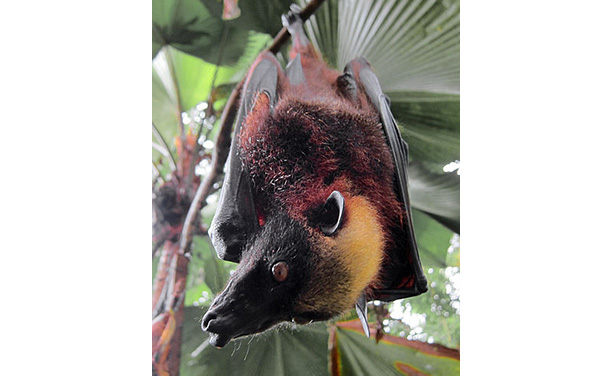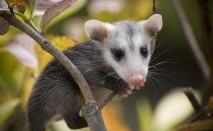
Category: Mammals

This species is a rare “mega-bat,” one of the largest species of bats in the world. They are herbivores with a keen sense of sight and smell for finding food – with the exception of one species, they do not use echolocation. They roost mostly in trees and shrubs and are sometimes unpopular with orchard owners due to their fruit-eating ways. Fruit-eating bats such as these aid in the distribution of plants by spreading their seeds as well as serving as pollinators.

The Opossum Ain’t Playing
Many people associate playing dead with the opossum - that’s where the term “playing opossum” comes from, after all. But something you might not know is that when an opossum feigns death, it really goes all out! Not content with merely closing its eyes and laying down, the opossum begins drooling profusely as if ill or even rabid, releases a putrid, greenish fluid from its anal glands that makes it smell like a decaying corpse, and after losing consciousness may even mimic rigor mortis! This is quite the elaborate routine, but it isn’t conscious: when an opossum plays dead, it has actually gone into shock due to stress.
Learn more >>
 Discover Animals is a web-based educational resource offered by the NAIA
Discover Animals is a web-based educational resource offered by the NAIA